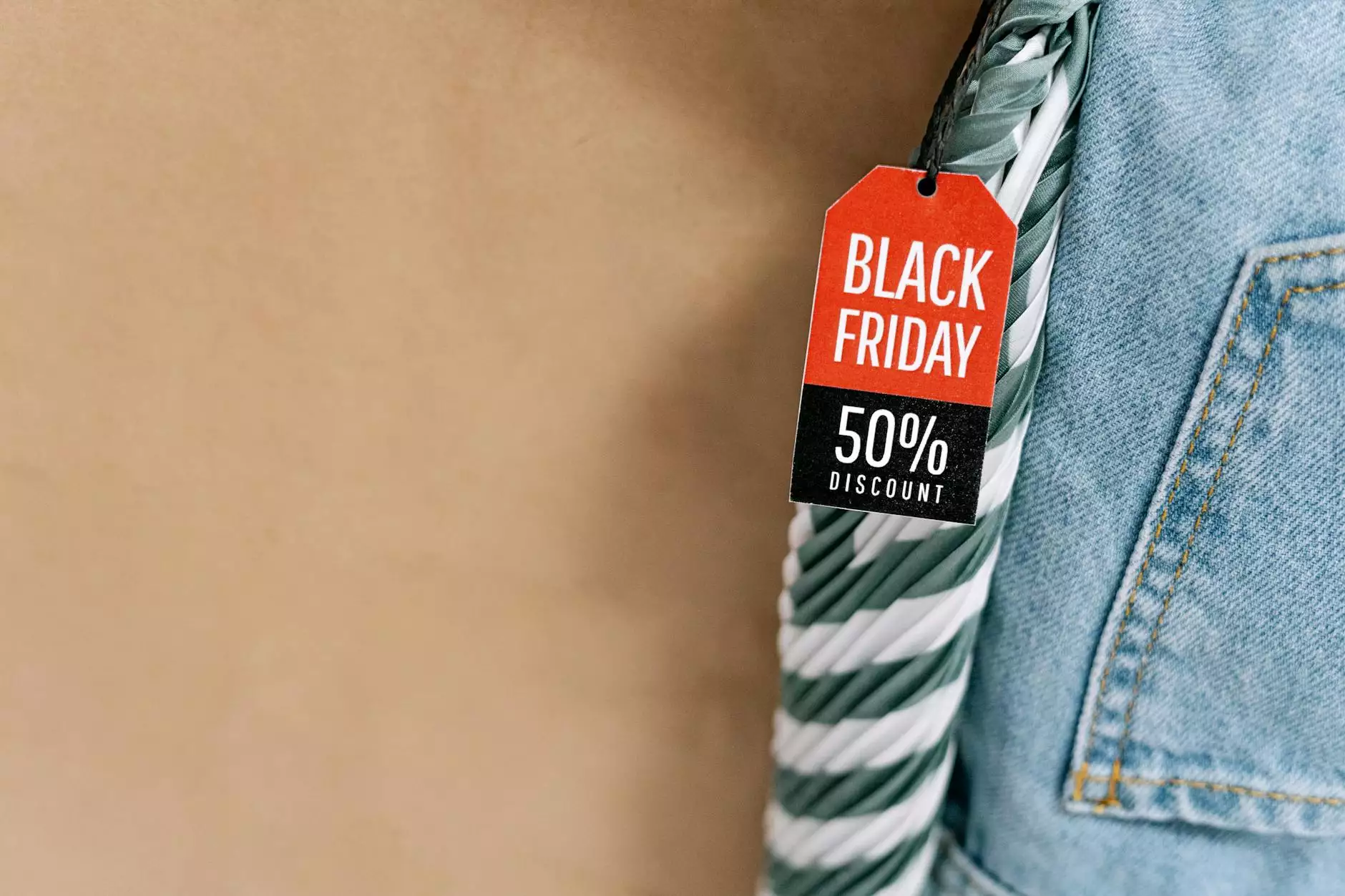How Color Theory Can Help You Create A Better Logo
Lifestyle
The Importance of Color in Logo Design
As Ageless Wisdom Magazine, a prominent lifestyle website, we understand the significance of a well-designed logo. A logo serves as the face of a brand, leaving a lasting impression on the audience. Colors play a crucial role in logo design, as they evoke emotions, convey brand messaging, and contribute to overall brand recognition.
Understanding Color Psychology
Color psychology is the study of how colors impact human behavior and emotions. It explores how different colors can evoke specific feelings, attitudes, and perceptions. To create a successful logo, it is essential to understand the psychological effects of colors and select hues that align with your brand identity.
Choosing the Right Color Scheme
When choosing a color scheme for your logo, consider the following:
1. Brand Identity
Your logo should reflect the essence of Ageless Wisdom Magazine as a lifestyle brand. Think about the core values, target audience, and desired brand personality. Is your brand bold and energetic, or calm and soothing? Different colors can convey different emotions and qualities. For example:
- Red: Passion, energy, and excitement.
- Blue: Trust, reliability, and professionalism.
- Green: Balance, growth, and harmony with nature.
- Yellow: Happiness, optimism, and creativity.
- Purple: Creativity, spirituality, and luxury.
- Orange: Confidence, enthusiasm, and warmth.
2. Target Audience
Consider the preferences and cultural associations of your target audience. Different cultures may interpret colors differently. Customize your color palette to appeal to the demographics you are targeting.
3. Competition Analysis
Conduct a thorough analysis of your competitors' logos. Look for common color themes and explore unique opportunities for differentiation. By understanding the existing landscape, you can create a logo that stands out and grabs attention.
Color Combinations for Impactful Logos
Combining colors thoughtfully can amplify the impact of your logo. Here are a few popular color combinations:
1. Complementary Colors
Complementary colors sit opposite each other on the color wheel. They create a vibrant contrast and draw attention. Examples of complementary color combinations include:
- Blue and Orange: Creates a sense of energy and excitement.
- Red and Green: Evokes a holiday or festive feel.
- Purple and Yellow: Provides a complementary balance between warm and cool tones.
2. Analogous Colors
Analogous colors are located adjacent to each other on the color wheel. They offer a harmonious and visually pleasing combination. Consider the following analogous color sets:
- Blue and Green: Creates a calm and refreshing vibe, ideal for wellness brands.
- Red and Orange: Energetic and vibrant, perfect for brands seeking attention.
- Yellow and Orange: Radiates warmth and positivity.
Executing Your Logo Design
Once you have chosen the perfect color scheme, collaborate with talented designers and professional graphic artists to bring your logo vision to life. Ensure that your logo appears consistent across different platforms, maintaining its impact and recognition.
Conclusion
The power of color cannot be underestimated when it comes to logo design. By understanding color psychology, customizing your color scheme, and carefully combining colors, you can create a logo that amplifies your brand's message and resonates with your target audience. Let Ageless Wisdom Magazine be your partner in crafting visually stunning and impactful logos that capture the essence of your lifestyle brand.










